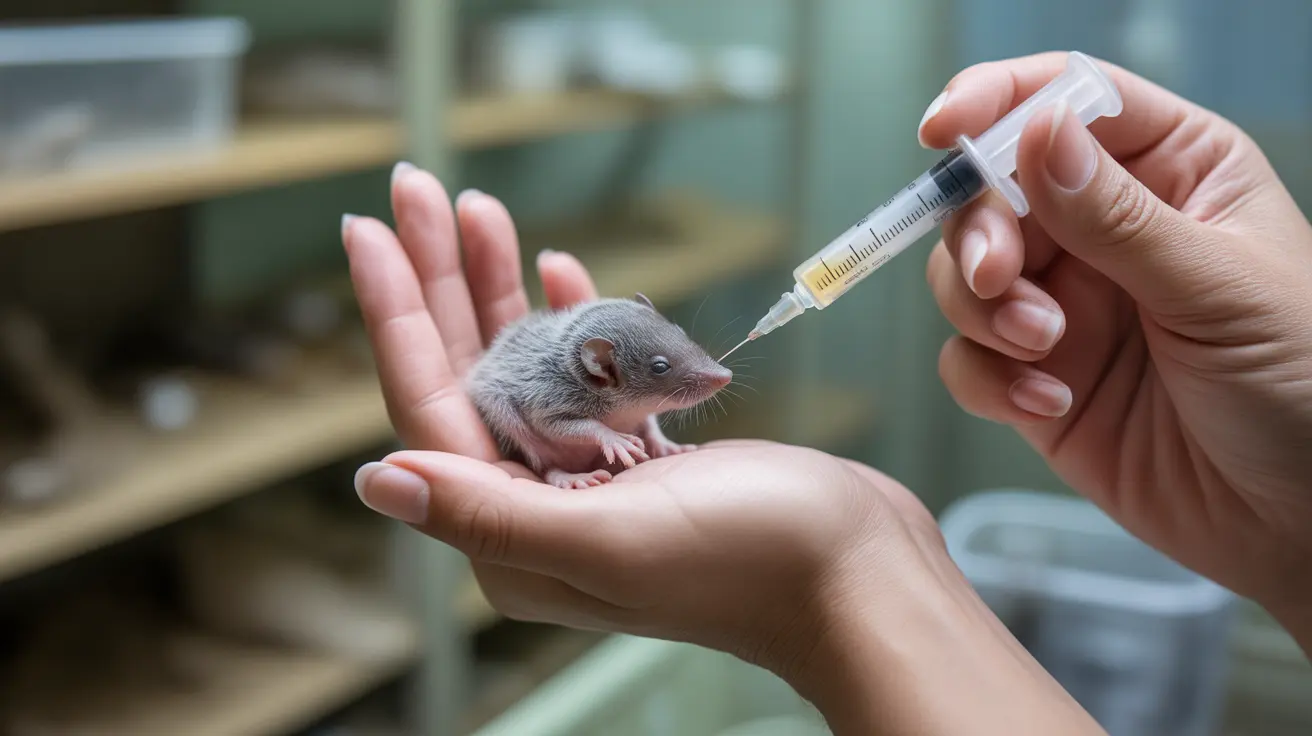Sealyham Terrier: The Calmest Terrier Dog for Families
The Sealyham Terrier stands out among terriers for its notably calmer demeanor. Unlike many other terrier breeds known for their high energy and strong-willed behavior, the Sealyham offers a delightful balance of playfulness and serenity, making it a suitable companion for various living environments.
Origin and History
Developed in the 19th century by Captain John Edwardes at Sealyham House in Pembrokeshire, Wales, this breed was specifically bred to assist in hunting tasks such as tracking badgers, foxes, and otters. Edwardes aimed to create a small yet sturdy white dog with a distinctive wiry coat, allowing it to be easily seen during hunts underground.
Although detailed breeding records were not maintained, likely contributors to the Sealyham Terrier's lineage include:
- Welsh Corgi
- Wire Fox Terrier
- Dandie Dinmont Terrier
- West Highland White Terrier
- Bull Terrier
- Staffordshire Bull Terrier
- English White Terrier (extinct)
Recognized by the Kennel Club in 1911, the breed enjoyed wide popularity in the early 20th century, especially among celebrities and royalty. However, in recent decades, the Sealyham's numbers have dwindled, classifying it as a vulnerable native breed.
Physical Characteristics
Sealyhams are distinctive with their rectangular bodies that are slightly longer than tall. An average male weighs about 9 kg (20 lbs), and females around 8 kg (18 lbs). They have a dense, weather-resistant double coat that is white with possible markings in colors like lemon, black, brown, blue, badger, or tan, usually appearing on the ears and around the eyes.
Their signature beard and eyebrows give them a comical and expressive appearance, adding to their charm. In addition, their coat is non-shedding, which helps in maintaining a cleaner home environment—ideal for allergic individuals.
Temperament and Personality
Sealyham Terriers are known for their docile character, especially when compared to other terriers. They are:
- Loyal and affectionate to family members
- Playful and humorous in nature
- Good with children when properly socialized
- Alert yet reserved around strangers or unfamiliar animals
Although they have a strong prey drive due to their hunting heritage, with early socialization, they can coexist peacefully with other pets.
Training and Mental Stimulation
Sealyham Terriers are intelligent but may exhibit independent thinking, making training both rewarding and sometimes challenging. Use positive reinforcement techniques and start training early to encourage good behavior.
To keep them mentally stimulated and avoid boredom-related issues like excessive barking or destructiveness, provide:
- Daily walks
- Interactive play sessions
- Scent or puzzle games
- Basic obedience and trick training
Exercise Requirements
Unlike high-energy terriers, the Sealyham has moderate exercise needs. An hour of combined activity per day is enough for an adult. Puppies require shorter and more frequent routines to prevent joint stress.
Take care during hot weather, as the breed can overheat easily. Schedule walks during cooler times of the day.
Grooming and Maintenance
Regular grooming is essential to maintain the Sealyham’s coat and overall health:
- Brushing every 2–3 days to prevent matting
- Professional grooming or hand-stripping for correct coat texture
- Frequent cleaning of beard and eyes
- Regular ear checks to prevent infection
- Nail trimming and dental care as needed
Although they do not shed much, neglecting grooming can lead to discomfort and skin issues.
Health Considerations
Most Sealyhams live healthy lives of 12–14 years, but like all breeds, they are prone to specific conditions:
- Primary Lens Luxation (PLL): A genetic eye issue
- Progressive Retinal Atrophy (PRA): Can cause blindness
- Cataracts and Glaucoma
- Deafness: Congenital or age-related
- Atopic Dermatitis
- Intervertebral Disc Disease (IVDD)
- Luxating Patella and mild Hip Dysplasia
- Allergies to environmental factors
Routine vet visits and genetic testing help in prevention and early detection of these concerns. Reputable breeders screen for these conditions to ensure healthier litters.
Feeding Guidelines
Provide a high-quality commercial or vet-approved home-prepared diet. Monitor treat intake and feed based on age, size, and activity. Puppies usually need more frequent meals due to faster metabolism. Prevent obesity, as extra weight can worsen joint and back issues.
Is the Sealyham Terrier Right for You?
The Sealyham Terrier is best for owners with some dog-handling experience who can fulfill its training, grooming, and mental stimulation needs. Their calm yet playful temperament makes them ideal for both active seniors and families with children. They adapt well to both city apartments and rural homes.
With time, effort, and early socialization, the Sealyham Terrier proves to be a loyal, affectionate, and well-mannered companion, making it a top choice for anyone seeking a more subdued terrier breed.





